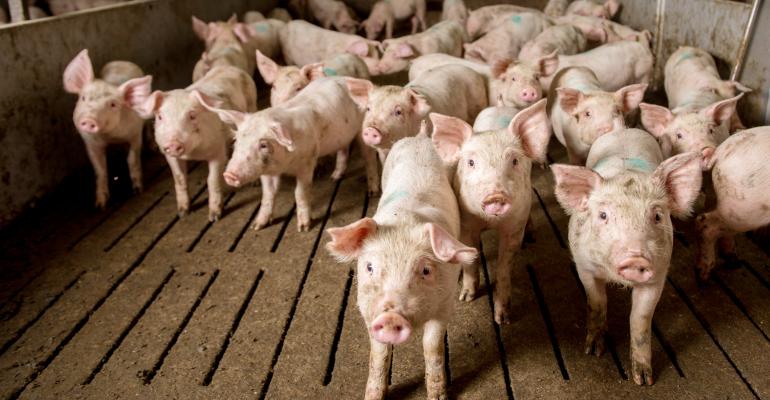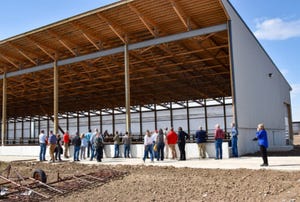Global pork trade expected to weaken in second half
Rabobank says sluggish economy, weak consumption and recurrent disease weighing on sector.
August 2, 2023

According to the latest Rabobank quarterly pork report, global pork markets are being influenced by sluggish economic growth, weak consumption, and recurrent disease outbreaks. After a strong first half of the year, global trade is expected to weaken going forward. Despite softening feed prices, production costs should remain above pre-COVID levels.
Sluggish economic growth has been impacting consumers around the globe, Rabobank said, explaining that they are trading down, buying smaller portions, and switching channels. Still, pork – which is cheaper than beef and premium seafood and more expensive than poultry – holds a relatively stable position on consumers’ plates.
Performance varies from region to region, however, subject to availability and prices in the local market, explains Chenjun Pan, senior analyst of animal protein at Rabobank. “In Europe, pork consumption remains under pressure due to ongoing high prices. In the U.S., demand was slightly below expectations to start the summer, as uncooperative weather and poor air quality challenged the start of the grilling season. And in China, pork consumption remains weak, due to the underperforming economy and heat waves across the country.”
Trade to weaken in second half of year
Pork trade was relatively strong in the first half of 2023, driven by an increase in imports in China, though trade to the U.S. and the Philippines saw material declines. Japan, another major importer, saw flat trade, with a slight shift in sourcing from Europe to the U.S. UK imports showed a significant decline as inflation pressured demand.
“For the second half of 2023, we expect global trade to be weaker than in same period last year, as inventories of frozen pork are high in China due to weak consumption, pressuring imports. Also, tighter supply in the EU restricts shipments out of the region,” Pan said.
Imbalance between supply and demand
The EU and UK pork supply declined materially in the first four months of 2023, with some countries seeing falls at double-digit rates. This tight supply supports high prices, in turn pressuring consumption.
China has the opposite situation, as pork supply continues to exceed demand, pressuring prices and causing multiple-month losses for producers. Liquidation of the sow herd in China will continue in the second half of the year.
In the U.S., which also has a plentiful supply, producers have relatively healthy balance sheets after two years of outsized profits. Given projected losses, however, U.S. herd liquidation should ramp up into 2024. For 2023, Rabobank is forecasting a 0.8% increase in pork production.
Supply is also challenged by volatile feed prices and relatively low stocks. Corn and soybean prices were volatile entering July due to weather issues, Black Sea grain corridor uncertainty, and the smaller-than-expected soy planted areas and larger-than-expected corn areas in the U.S.
“We expect feed prices to soften in Q3 but remain supported by relatively low stock-to-consumption ratios in many countries,” said Pan. “While there is some room for prices to drop further in the coming months, they will stay above pre-Covid levels.”
She continued, “Rabobank expects a modest improvement in production costs in the second half of 2023, as productivity improvements likely offset feed cost volatilities.”
Disease challenges linger
Herd health improvements continue to be a major task for producers worldwide as disease outbreaks influence production, according to Pan. “African swine fever (ASF) continues to impact production in Asia and Europe. While outbreaks generally slowed in the second quarter of the year, they appear to be persistent in some regions, causing disruptions to local supply. In addition, porcine reproductive and respiratory syndrome (PRRS) remains a challenge in Spain, causing a material drop in production.”
You May Also Like



